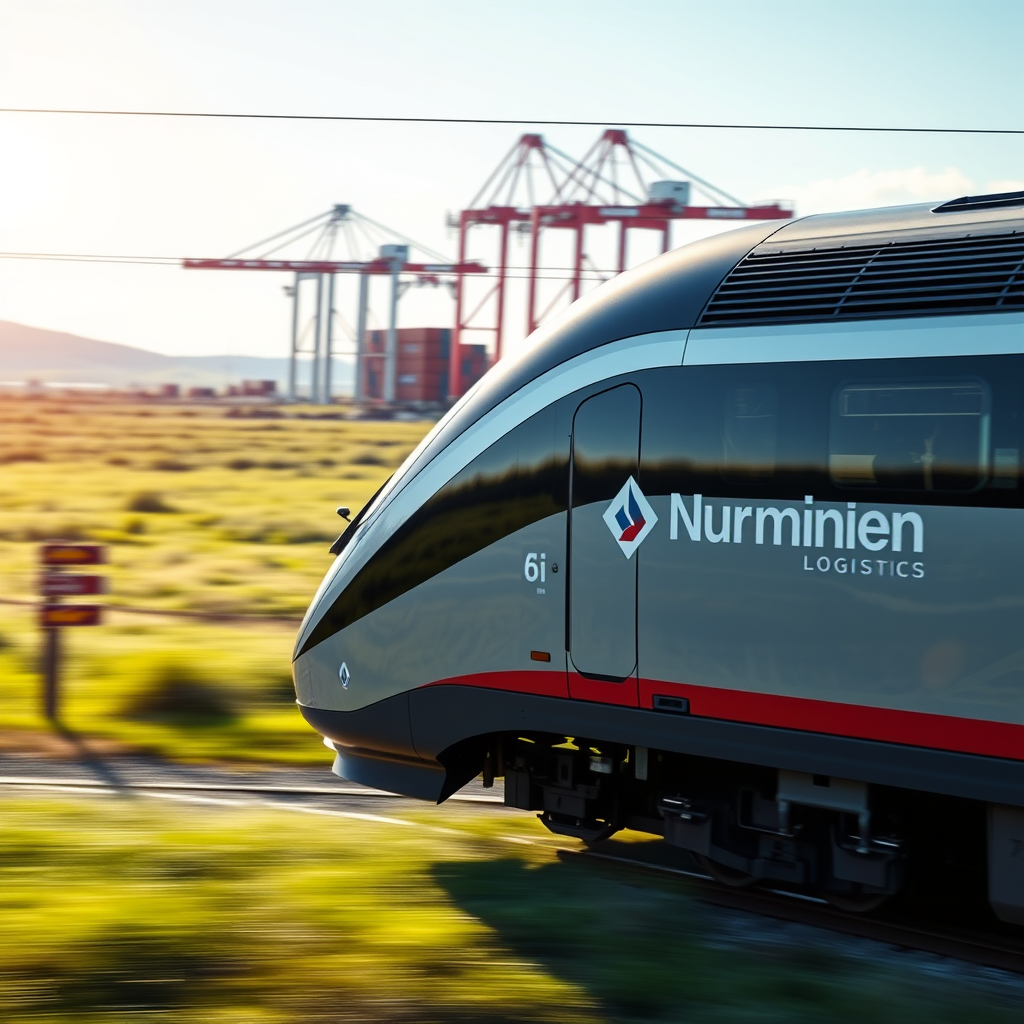Wabtec & Rajant: Revolutionizing Rail Digitalization
Wabtec’s investment in Rajant’s Kinetic Mesh network revolutionizes rail connectivity, delivering reliable, high-bandwidth communication for safer, more efficient operations. Discover how!

Wabtec’s Investment in Rajant: Revolutionizing Rail System Digitalization
The global rail industry is undergoing a significant transformation, driven by the increasing demand for enhanced efficiency, safety, and operational optimization. This evolution hinges on the seamless integration of digital technologies, requiring robust and reliable communication networks capable of handling vast amounts of real-time data. This article explores Wabtec Corporation’s strategic minority investment in Rajant Corporation, a provider of advanced wireless communication solutions. This partnership signifies a crucial step towards accelerating the digitalization of rail systems worldwide. We will examine the technological underpinnings of Rajant’s Kinetic Mesh network, analyze the strategic rationale behind Wabtec’s investment, and discuss the potential impact of this collaboration on the future of rail operations. The article will further delve into the practical applications of this technology within various segments of the rail industry, considering both passenger and freight transportation.
Rajant’s Kinetic Mesh Network: A Technological Deep Dive
Rajant’s Kinetic Mesh network represents a significant advancement in wireless communication technology. Unlike traditional point-to-point systems, Kinetic Mesh employs a self-organizing network architecture using BreadCrumb wireless nodes and InstaMesh networking software. This allows for highly adaptable and scalable networks, capable of maintaining reliable connectivity even in challenging environments with high mobility, such as those encountered in rail operations. The network’s inherent redundancy and ability to dynamically reroute data ensure continuous communication, crucial for mission-critical applications. The system’s resilience to interference and its capacity to accommodate various bandwidth demands make it a compelling solution for the demanding requirements of modern rail infrastructure.
Strategic Rationale Behind Wabtec’s Investment
Wabtec’s decision to invest in Rajant is a strategic move aimed at strengthening its position within the burgeoning digital rail market. Wabtec, a leading provider of equipment and services for the rail industry, recognizes the pivotal role of reliable communication in achieving its goals of enhanced safety, improved efficiency, and optimized operations. By partnering with Rajant, Wabtec gains access to cutting-edge wireless technology, complementing its existing portfolio of rail solutions. This collaborative effort allows for the development of integrated systems that leverage real-time data for predictive maintenance, optimized train control, and enhanced passenger information services. This synergy fosters innovation and positions both companies at the forefront of rail industry digitalization.
Applications Across the Rail Industry
The implications of this partnership extend across various facets of the rail industry. For passenger transportation, Rajant’s technology enables improved passenger information systems, real-time monitoring of train performance, and enhanced security features. In freight transportation, the benefits include optimized train scheduling, improved tracking of cargo, and enhanced communication between train crews and control centers. Furthermore, the reliable connectivity facilitated by Rajant’s Kinetic Mesh network supports the implementation of advanced safety systems, preventing accidents and minimizing delays. The versatility of the technology allows for seamless integration into existing infrastructure and adaptability to future technological advancements.
The Future of Rail Connectivity
The collaboration between Wabtec and Rajant promises to reshape the landscape of rail connectivity. By leveraging Rajant’s robust and adaptable Kinetic Mesh network, Wabtec can develop and deploy advanced solutions that address the increasingly complex communication needs of the modern rail industry. The partnership facilitates the integration of real-time data into various aspects of rail operations, leading to improved efficiency, enhanced safety, and a more positive passenger experience. The focus on secure connectivity is paramount, ensuring the protection of sensitive data and maintaining the integrity of critical rail systems. This investment signifies a commitment to innovation and signifies a pivotal step toward a digitally transformed and interconnected rail future.
Conclusion
Wabtec’s strategic investment in Rajant represents a significant development in the ongoing digitalization of the rail industry. Rajant’s Kinetic Mesh network, with its inherent adaptability, scalability, and resilience, provides a robust solution to the complex communication challenges faced by rail operators globally. This technology addresses the need for reliable, high-bandwidth connectivity in dynamic and often challenging environments. The partnership leverages the combined expertise and resources of both companies, enabling the development and commercialization of innovative solutions that enhance safety, efficiency, and operational optimization across both passenger and freight rail systems. The successful implementation of Rajant’s technology will lead to improved real-time data analysis, enabling predictive maintenance, optimized scheduling, and enhanced passenger services. This collaboration sets a precedent for future partnerships focused on technological advancements within the rail sector, driving innovation and accelerating the transition towards a more digitally driven and interconnected future for the global rail network. The resulting improvements in operational efficiency, safety, and passenger experience will be instrumental in shaping the future of rail transportation, fostering a more sustainable and effective industry.




